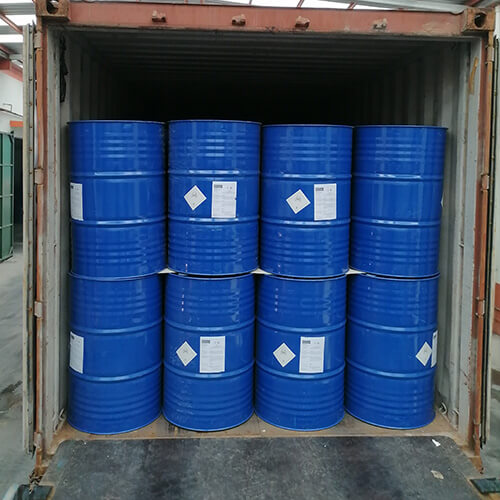Dimethylformamide (DMF) is an organic compound with the formula (CH3)2NC(O)H. It is a colorless liquid that is miscible with water and most organic solvents. DMF is widely used as a solvent for chemical reactions, especially those involving peptides, nucleotides, and other biomolecules. DMF is also a versatile precursor for various organic transformations, such as formylation, amination, aminocarbonylation, amidation, and cyanation.
Properties and safety of dimethylformamide
DMF has a high boiling point (153 °C) and a low melting point (-61 °C), which makes it suitable for reactions at elevated temperatures or under cooling conditions. DMF has a high polarity and a high dielectric constant, which enables it to dissolve polar and non-polar compounds. DMF also has a high solvating power for metal ions and complexes, which is useful for catalytic reactions.
However, DMF also poses some health and environmental hazards. DMF can irritate the eyes, skin, and respiratory tract, and can cause liver damage and reproductive toxicity. DMF is classified as a potential human carcinogen by the International Agency for Research on Cancer (IARC). DMF is also flammable and can form explosive mixtures with air. Therefore, DMF should be handled with care and proper personal protective equipment (PPE). DMF should be stored in a cool, dry, and well-ventilated place away from sources of ignition and incompatible materials. DMF should be disposed of in accordance with local regulations.
Applications of dimethylformamide
DMF is widely used as a solvent for peptide synthesis, nucleotide synthesis, polymerization, and electrospinning. DMF can enhance the solubility and reactivity of amino acids, nucleosides, and monomers, and can prevent aggregation and precipitation of peptides, nucleotides, and polymers. DMF can also facilitate the removal of protecting groups and the purification of products.
DMF is also a versatile precursor for various organic transformations. DMF can act as a formylating agent, aminating agent, aminocarbonylating agent, amidating agent, and cyanating agent. Some examples of these reactions are:
- Formylation: DMF can react with organolithium or organomagnesium reagents to form aldehydes or ketones.
- Amination: DMF can react with alkyl halides or sulfonates to form primary or secondary amines.
- Aminocarbonylation: DMF can react with aryl halides or triflates in the presence of carbon monoxide and an amine to form amides.
- Amidation: DMF can react with carboxylic acids or esters in the presence of an amine to form amides.
- Cyanation: DMF can react with alkyl halides or sulfonates in the presence of sodium cyanide to form nitriles.
The following table summarizes some of the properties and applications of dimethylformamide:
| Property | Value | Application |
|---|---|---|
| Molecular formula | C3H7NO | |
| Molecular weight | 73.09 g/mol | |
| Boiling point | 153 °C | Reactions at elevated temperatures |
| Melting point | -61 °C | Reactions under cooling conditions |
| Density | 0.948 g/mL | |
| Polarity | High | Dissolution of polar compounds |
| Dielectric constant | 36.7 | Dissolution of non-polar compounds |
| Solvating power | High | Dissolution of metal ions and complexes |
| Toxicity | High | PPE required |
| Flammability | High | Fire hazard |
| Formylation | Yes | Synthesis of aldehydes or ketones |
| Amination | Yes | Synthesis of primary or secondary amines |
| Aminocarbonylation | Yes | Synthesis of amides |
| Amidation | Yes | Synthesis of amides |
| Cyanation | Yes | Synthesis of nitriles |
In conclusion, dimethylformamide is an important solvent and precursor for various chemical reactions. However, it also poses some health and environmental risks that should be considered when using it.



Extended Reading
Visit the DMF product page
Visit DMF Wikipedia

